Free Download Quantitative Chemical Analysis (9th Edition) By Daniel C. Harris
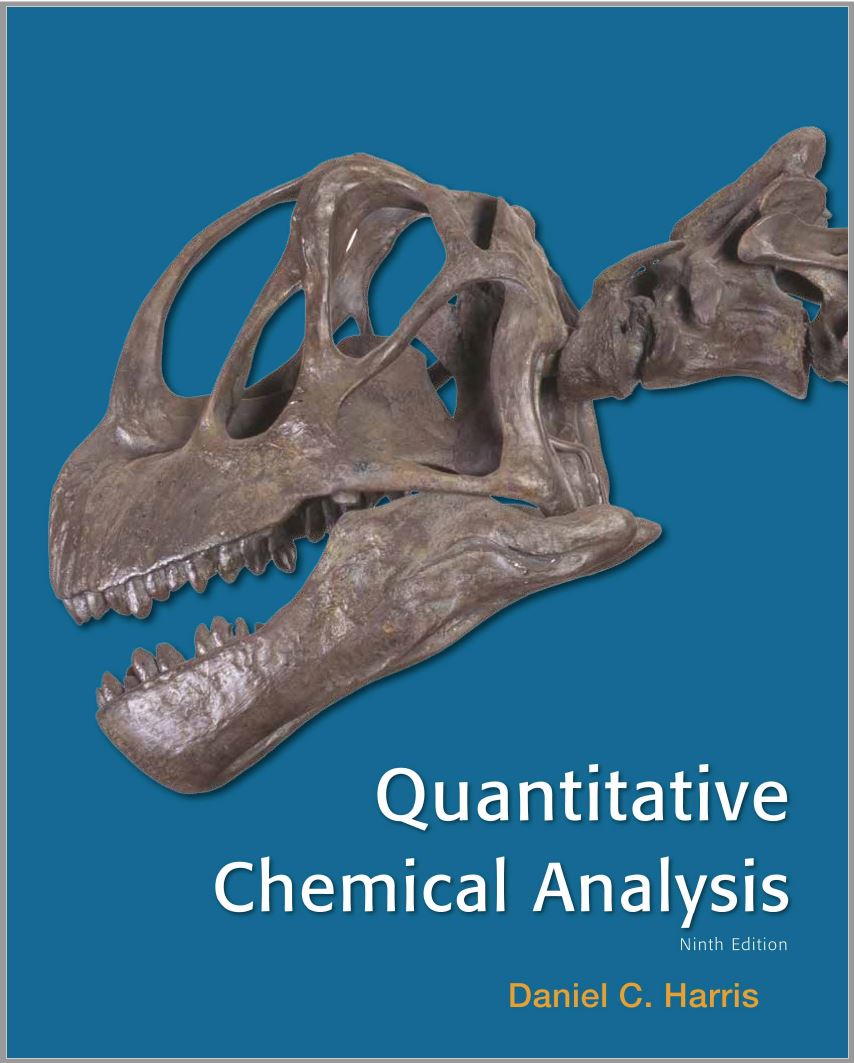
C1-C10 Chemistry GCSE // Exam Practice Booklet Bundle // Exam Questions & Mark Schemes // AQA Separate. KayScience C1-C10 Exam Practice Booklet Bundle with exam questions and **mark schemes** for the **all** the following topics: C1: Atomic Structure & Periodic Table C2: Bonding, Structure, & Properties of Matter C3: Quantitative Chemistry C4: Chemical Changes C5: Energy Changes C6: Rate.
Quantitative Chemistry Cheat Sheet Teaching Resources

Unit 2: Further Chemical Reactions, Rates and Equilibrium, Calculations and Organic Chemistry. 2.6 Quantitative chemistry. 2.6.1 calculate the concentration of a solution in mol/dm³ given the mass of solute and volume of solution; 2.6.2 calculate the number of moles or mass of solute in a given volume of solution of known concentration;
GCSE Quantitative Chemistry Revision Teaching Resources

We also get questions where we are given percentage of each element (or of all but one element - remember the percentages must add up to 100%), rather than mass. The method is the same: e.g. A hydrocarbon contains 25% of hydrogen and 75% of carbon. What is its empirical formula? HC mass 25% 75% Ar 112 Ratio 25 6.25 all by smallest to get.
Banking Study Material
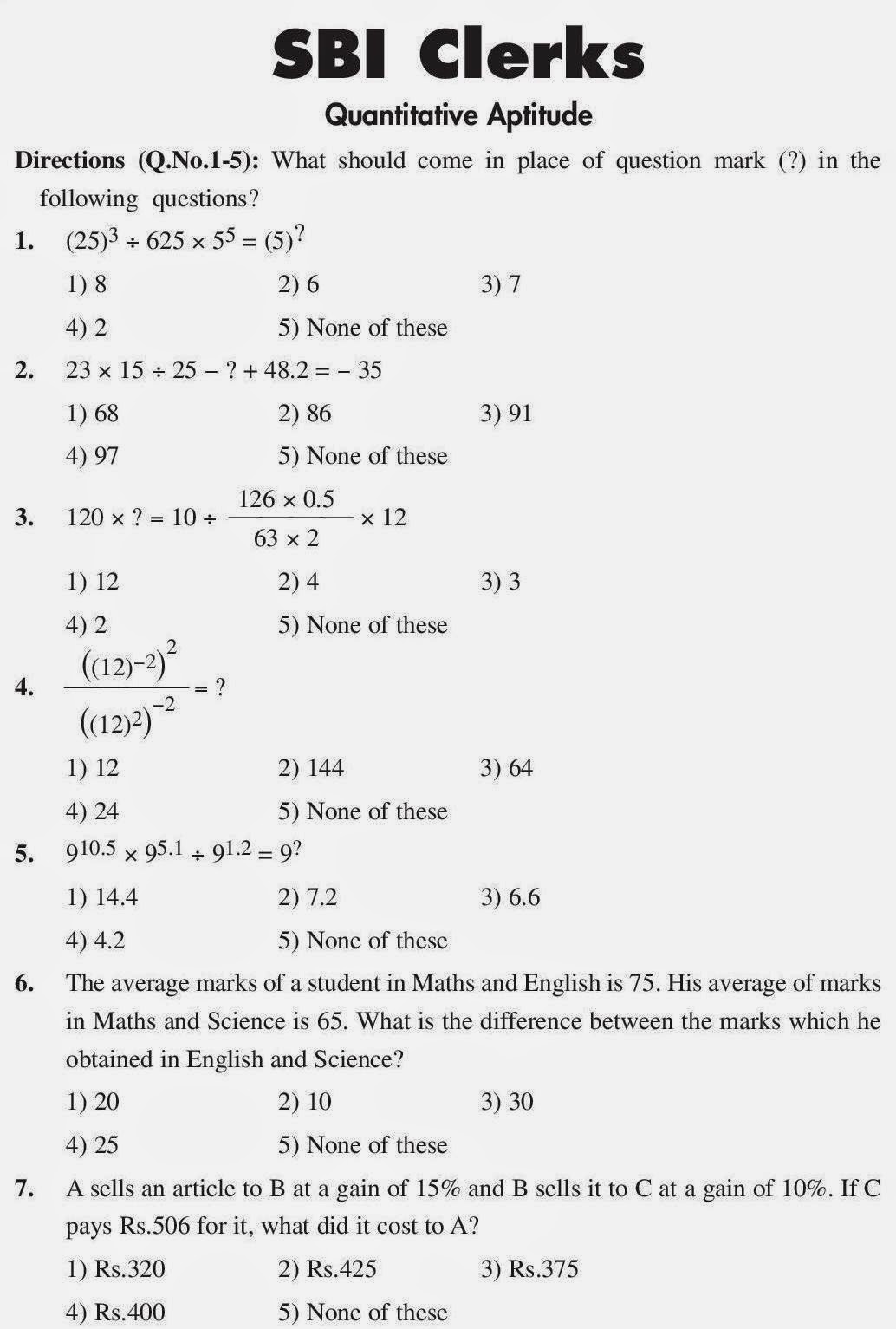
Ar : Mg =24 so mass of 1 mole of Mg = 24g Mr : HCl(1 + 35.5) so mass of 1 mole of HCl = 36.5g. So 60g of Mg is 60/24 = 2.5 moles. Balanced symbol equation tells us that for every one mole of Mg, you need two moles of HCl to react with it. So you need 2.5x2 = 5 moles of HCl. You will need 5 x 36.5g of HCl= 182.5g.
Maths Quantitative Aptitude Question Answer PDF in Hindi Pdfexam

The symbol for the unit mole is mol. One mole of a substance contains the same number of the stated particles, atoms, molecules, or ions as one mole of any other substance. The number of atoms, molecules or ions in a mole (1 mol) of a given substance is the Avogadro constant. The value of the Avogadro constant is 6.02 x 1023 per mole.
Quantitative Aptitude for Competitive Examinations by R S Aggarwal Buy Quantitative Aptitude

As currently taught in the United States, introductory courses in analytical chemistry emphasize quantitative (and sometimes qualitative) methods of analysis along with a heavy dose of equilibrium chemistry. Analytical chemistry, however, is much more than a collection of analytical methods and an understanding of equilibrium chemistry; it is an approach to solving chemical problems. Although.
GCSE Quantitative Chemistry Lesson 1 YouTube

KnowIT Questions - AQA GCSE Quantitative Chemistry © Copyright The PiXL Club Ltd, 2017 3 D. Use of amount of substance - part 2 - Concentration of solutions 1.
Quantitative research questions Types, tips & examples forms.app

Revision Pack Topic 3 - Quantitative Chemistry Use the worked example to answer these questions: 1. Calcium carbonate decomposes to calcium oxide in a kiln in the following reaction CaCO3 CaO + CO2 Calculate the mass of calcium oxide that can be produced when 300 tonnes of calcium carbonate is heated. 2.
quantitative chemical analysis 8th edition solutions manual pdf download brantreal
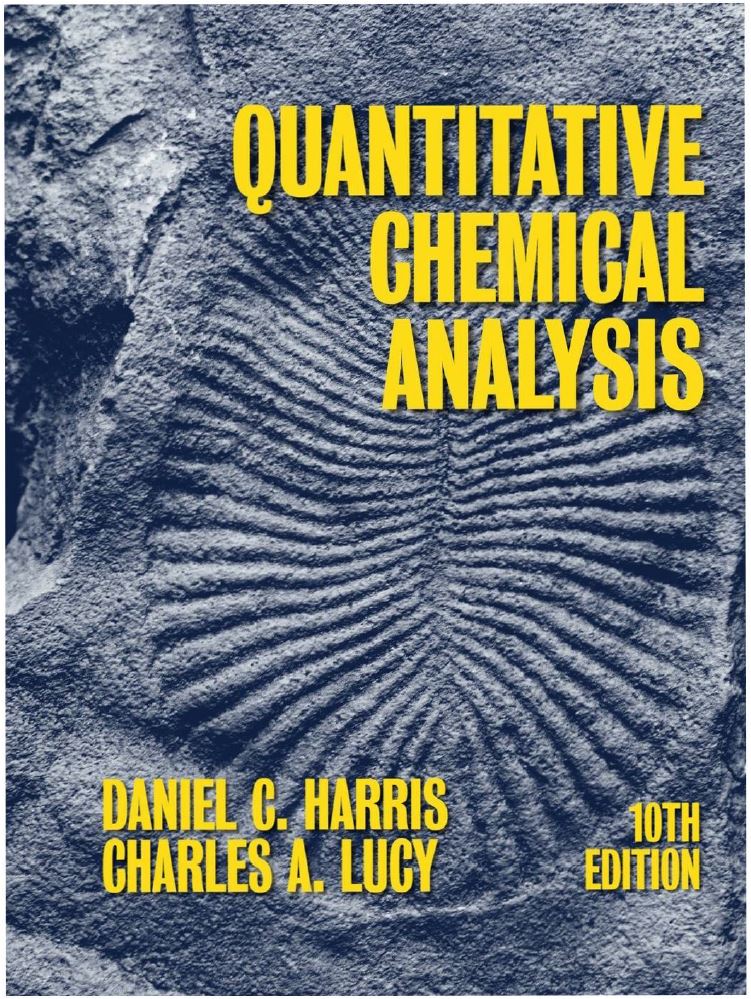
Open Textbooks. Download our open textbooks in different formats to use them in the way that suits you. Click on each book cover to see the available files to download, in English and Afrikaans. Better than just free, these books are also openly-licensed (except Information Technology and Computer Applications Technology)!
Free QUANTITATIVE REASONING Past Questions and Answers For Primary 5 by Teststreams Issuu

GCSE AQA Chemistry Topic Questions. Topic 1. Topic 2. Topic 3. Topic 4. Topic 5. Topic 6. Topic 7. Topic 8. Topic 9. Topic 10. Paper 1. Topic 1 - Atomic Structure and the Periodic Table.. Topic 3 - Quantitative Chemistry. Exam Papers. Conservation of Mass. Concentration. Atom Economy and Percentage Yield. Relative Formula Mass (NEW.
Quantitative Chemistry GCSE Chemistry Paper 1 Worksheet Bundle Teaching Resources

The technique of being able to quantitatively measure the amount of substance present in a chemical system. Using the number of moles present to then calculate the mass of substance present, the volume of substance present (gases only) and the number of particles of substance present. = = =. Molar mass (M) - the mass in grams of one mole of.
Quantitative Reasoning Book 5 Answer Book sparkleoriginaldesigns
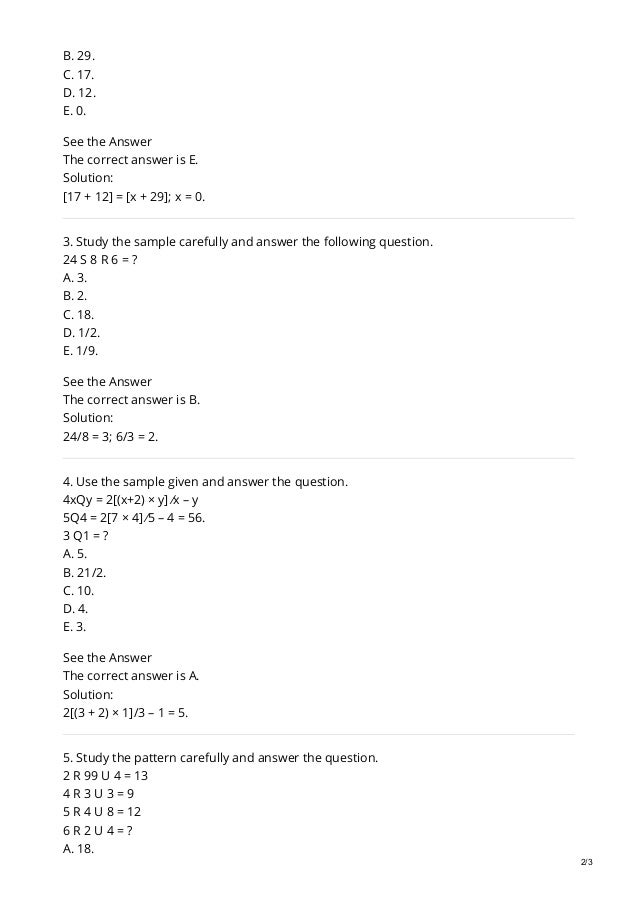
AQA GCSE Chemistry. Topic Questions. Past paper and exam-style questions organised by topic, with student-friendly answers written by teachers and examiners. View PDF List. 1. Atomic Structure & the Periodic Table. 1.1 Simple Model of the Atom. 1.2 The Periodic Table. 1.3 Properties of Transition Metals.
Quantitative Reasoning Exam Questions and Answers for Primary 1 PDF Download

Quantitative chemistry is an area of chemistry that allows chemists to calculate known quantities of materials. For example, how much product can be made from a known starting material or how much of a given component is present in a sample. For example, chemists can use quantitative methods to: Monitor the progress or yield of chemical reactions.
GCSE Quantitative Chemistry Lesson 6 YouTube

Question types will include multiple choice, structured, mathematical and practical questions. Part of Combined Science Quantitative chemistry Save to My Bitesize Remove from My Bitesize
QuantitativeReasoningTest2.pdf Fraction (Mathematics) Graduate Record Examinations
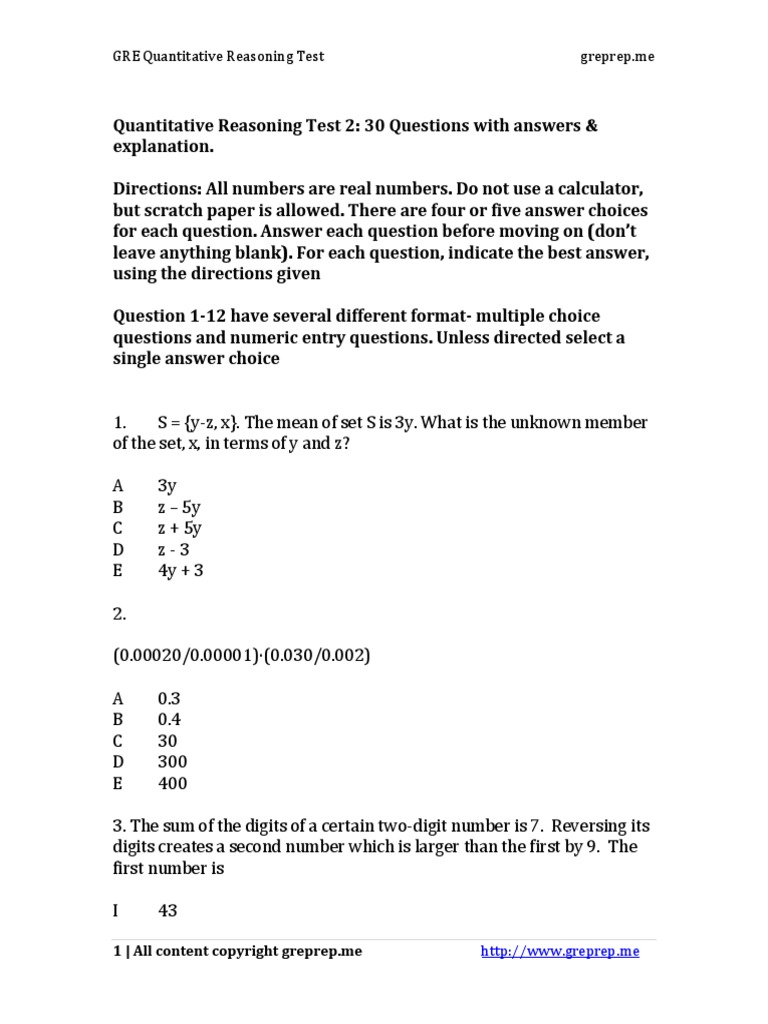
C3_Exam_Practice_Answers.docx. A. Chemical measurements part 1 - Chemical changes and conservation of mass. 1. A piece of magnesium was heated in a crucible. a) Write a balance equation to show how the magnesium reacts with oxygen. (2) 2Mg(s) +O2(g) 2MgO(s) (1 mark for formulae and 1 mark for balancing) b) The mass of the crucible at the.
Quantitative Chemistry Revision Lesson YouTube

Titration. The described approach to measuring vinegar strength was an early version of the analytical technique known as titration analysis. A typical titration analysis involves the use of a buret (Figure 4.5.1 4.5. 1) to make incremental additions of a solution containing a known concentration of some substance (the titrant) to a sample.